With a baby in the house, you already have your work cut out for you as a parent. All that cleaning, feeding, putting to sleep, and on top of all of that, you also have to ensure that your home is as safe for your baby as it can possibly get. This is a crucial responsibility as a parent and is key to your baby growing up in a house where there are minimal chances of getting hurt.
Now, sure, considering how unpredictable babies, and children in general, can be, it does not seem like there is a way to make your home 100% baby-proof. However, there are ways to childproof a home that will make a huge difference in how safe your baby is. Luckily, these tips are all very doable on your own and you can baby-proof your home without having to contact a professional.
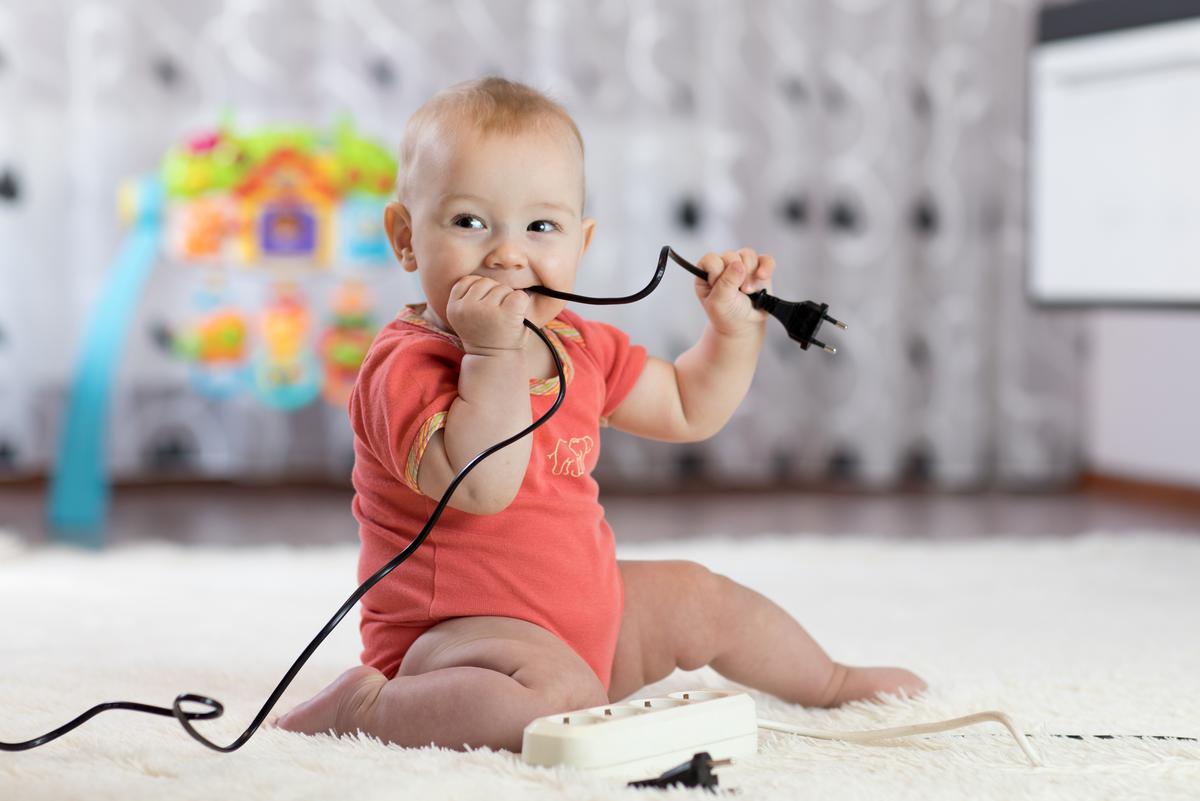
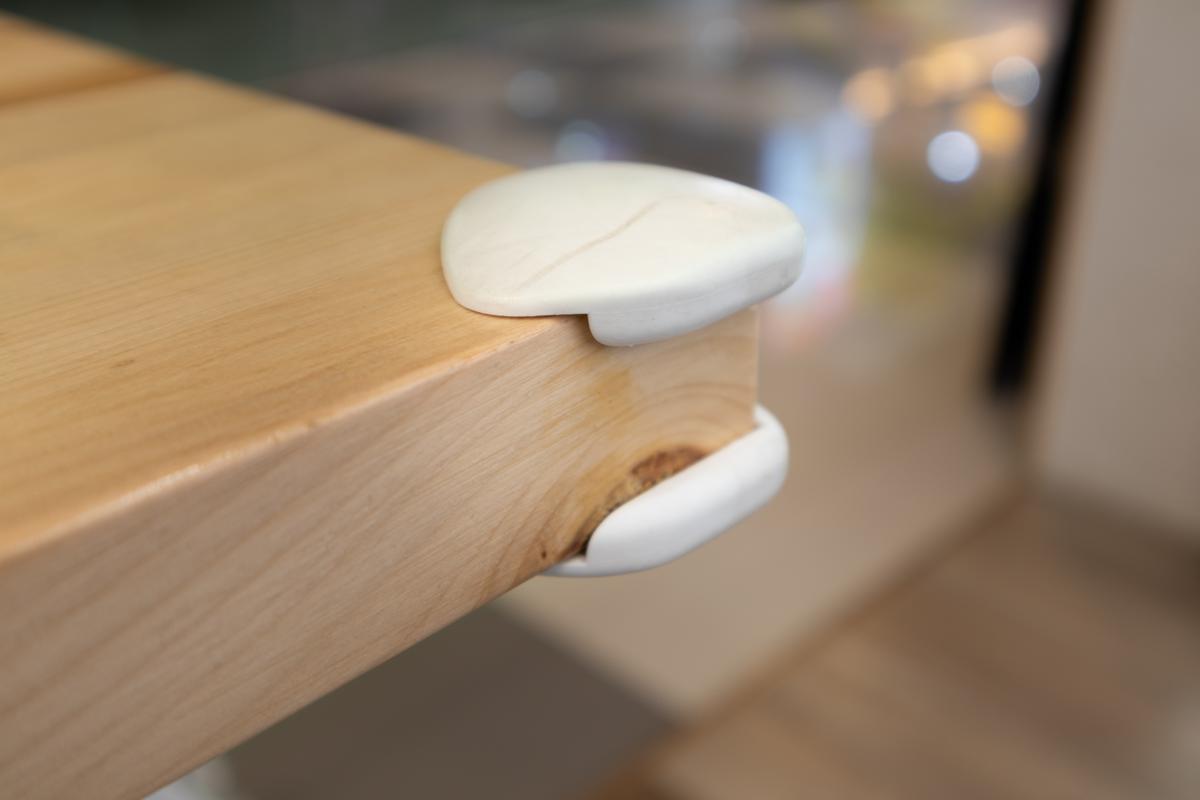
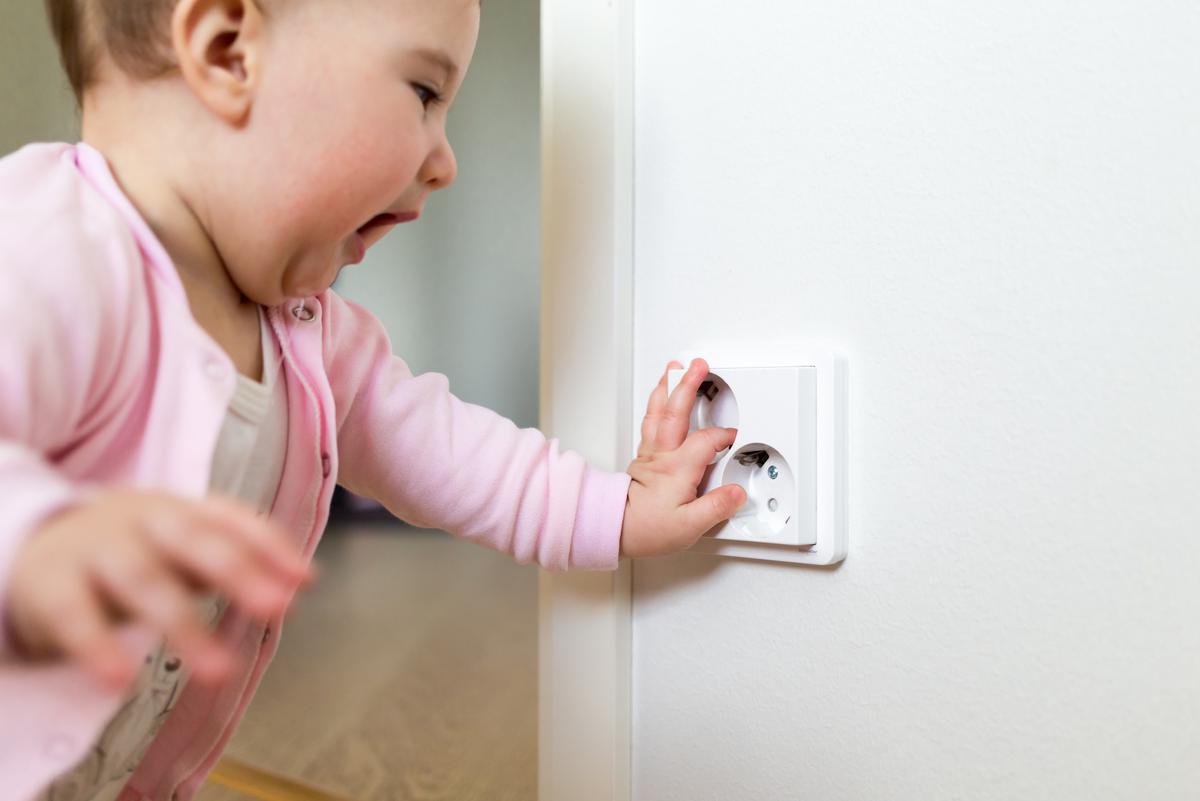
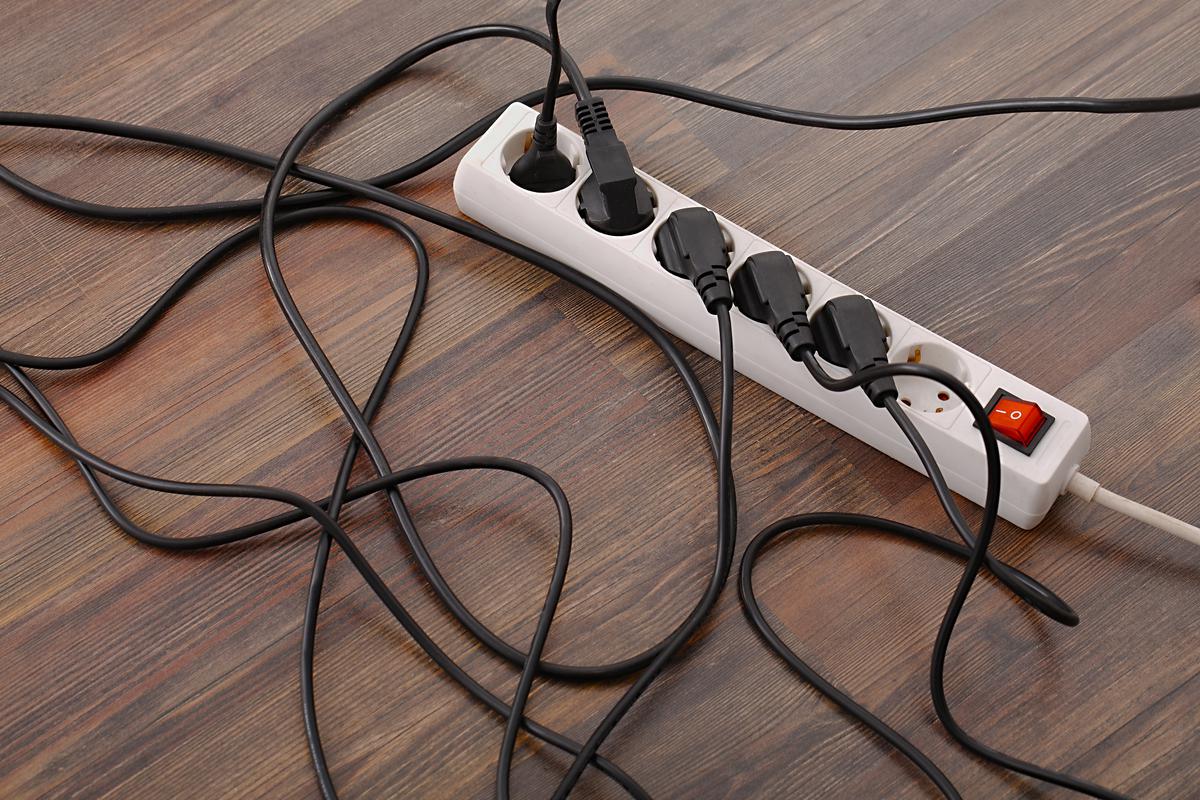
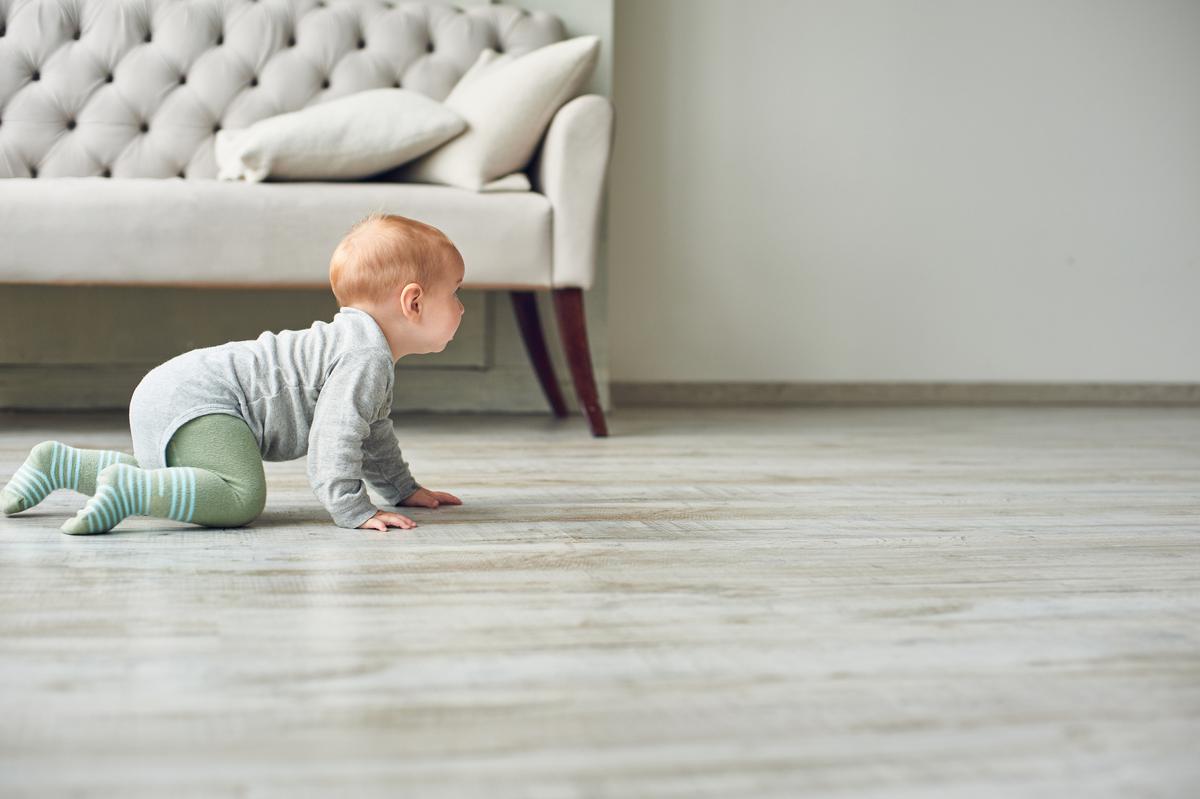
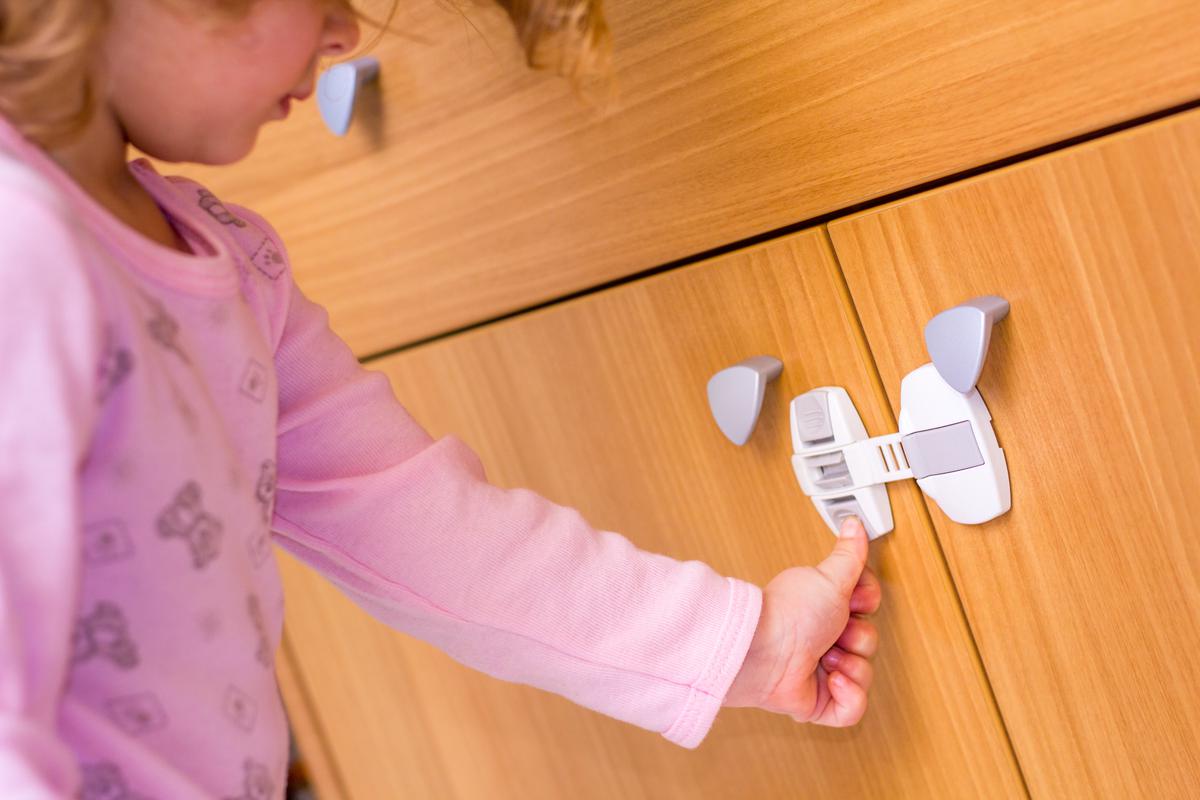
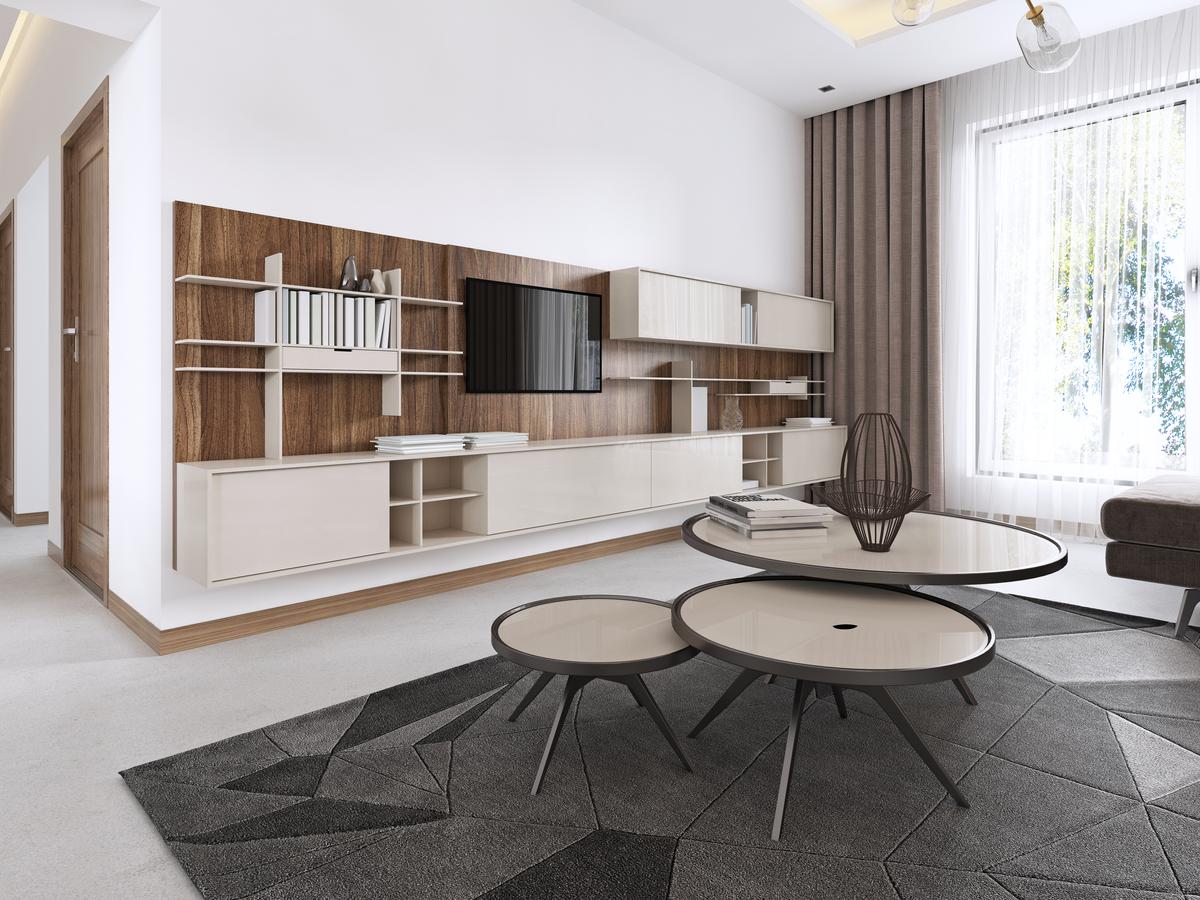
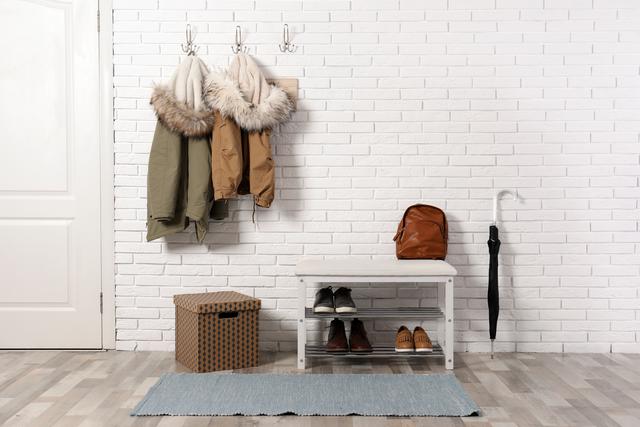
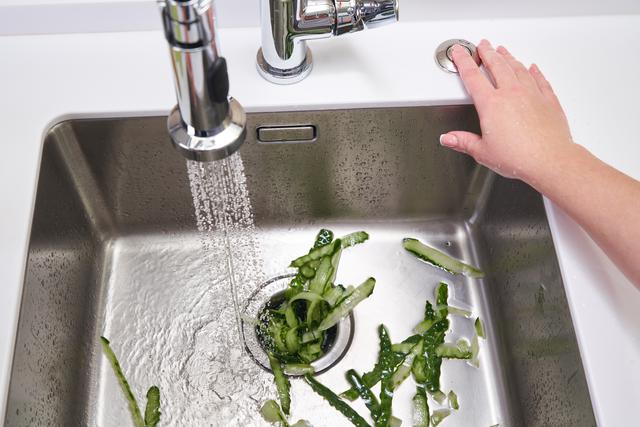

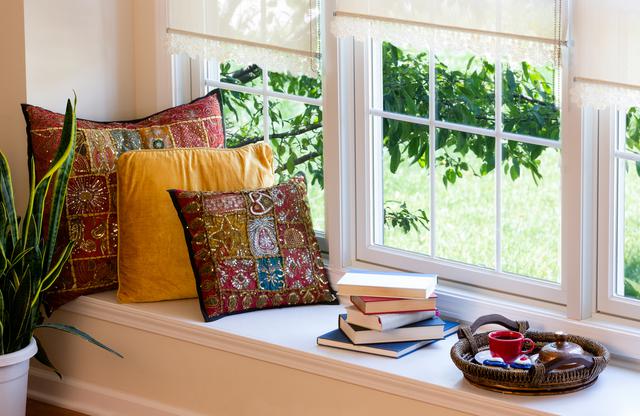
comments